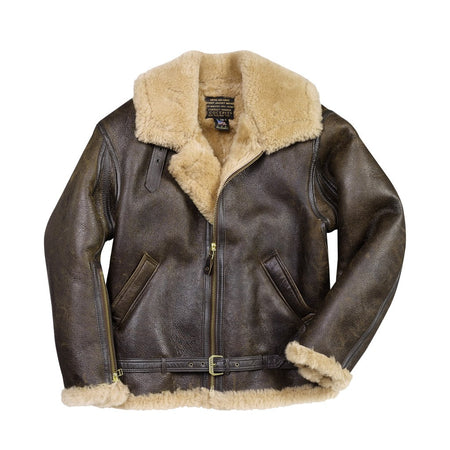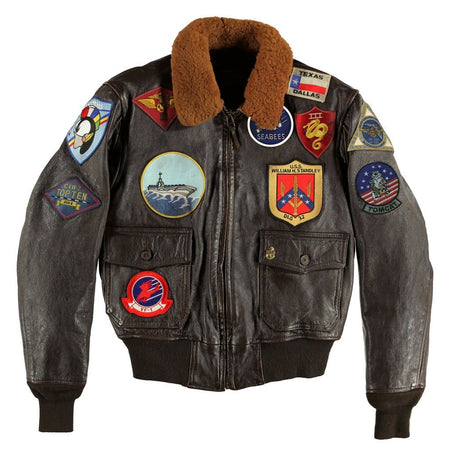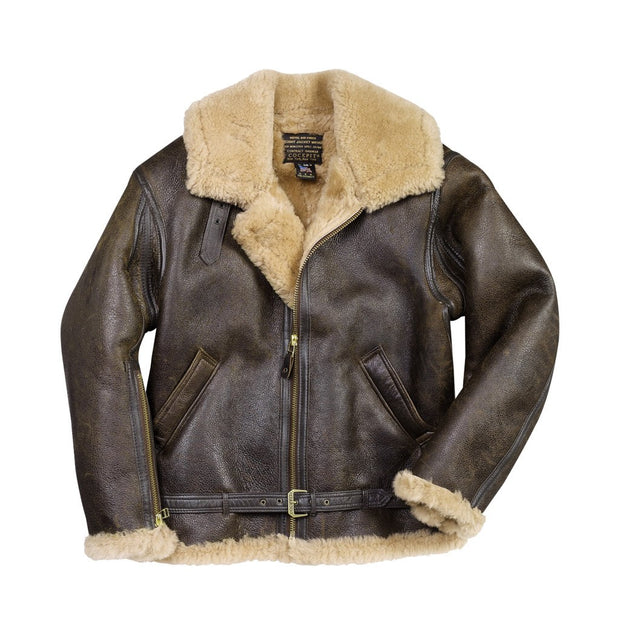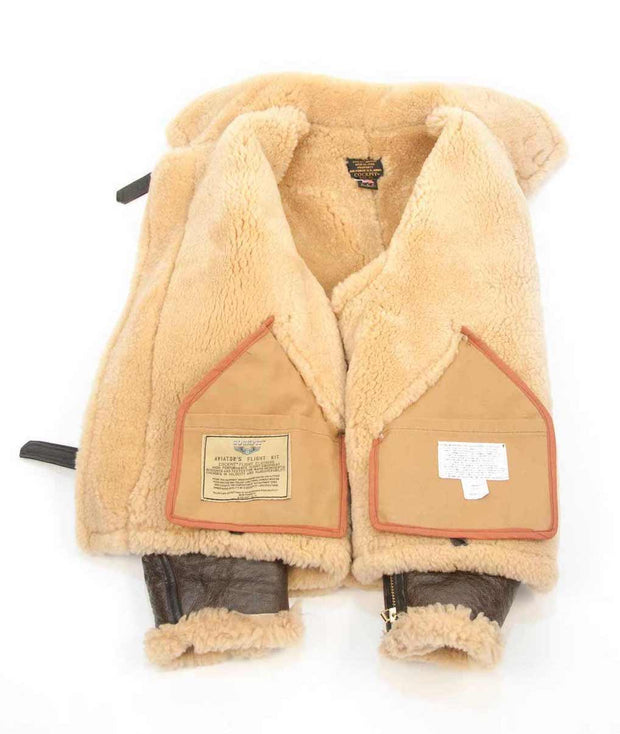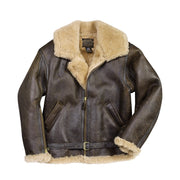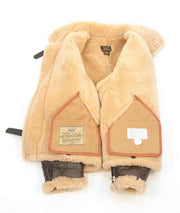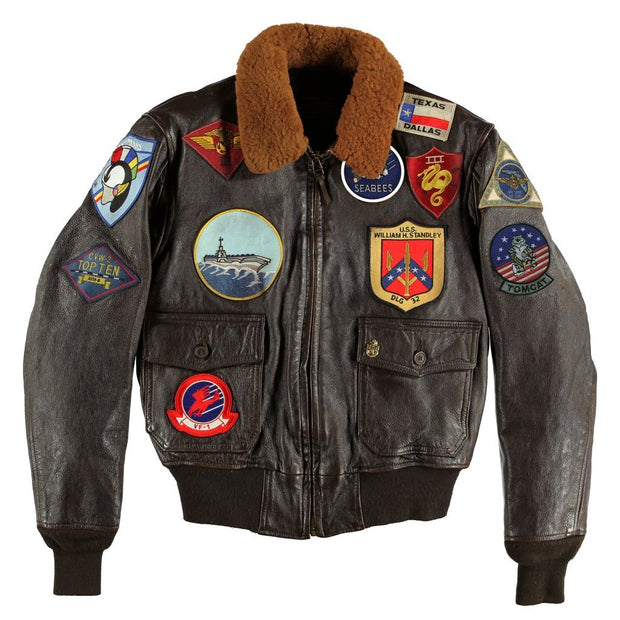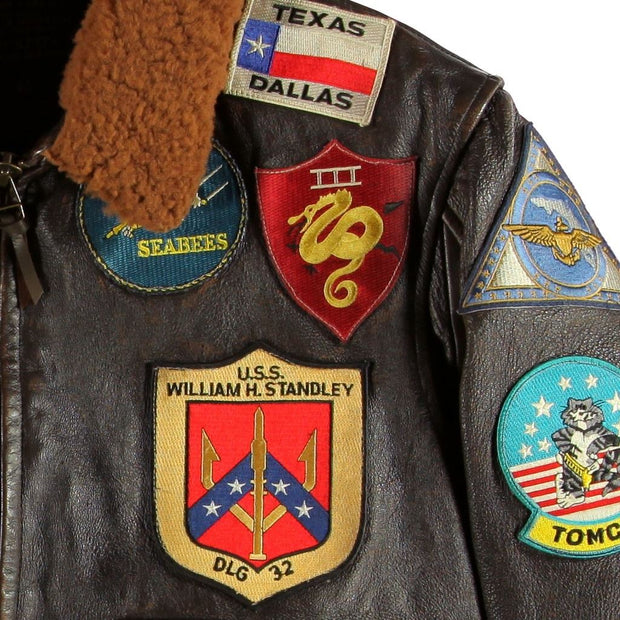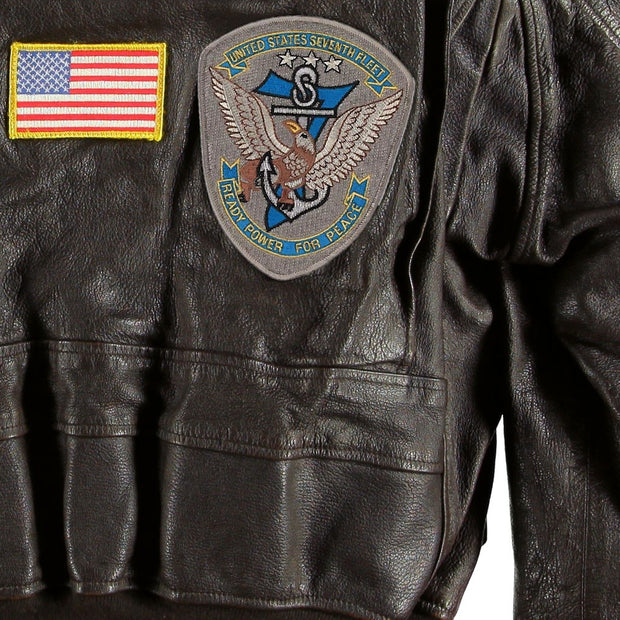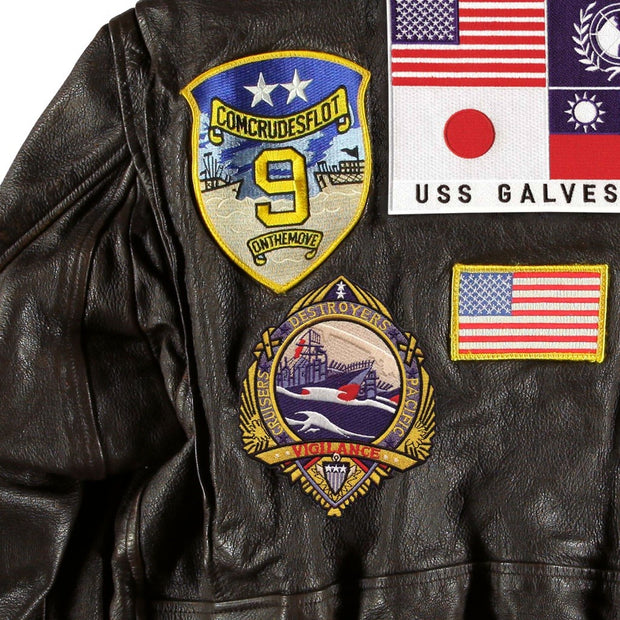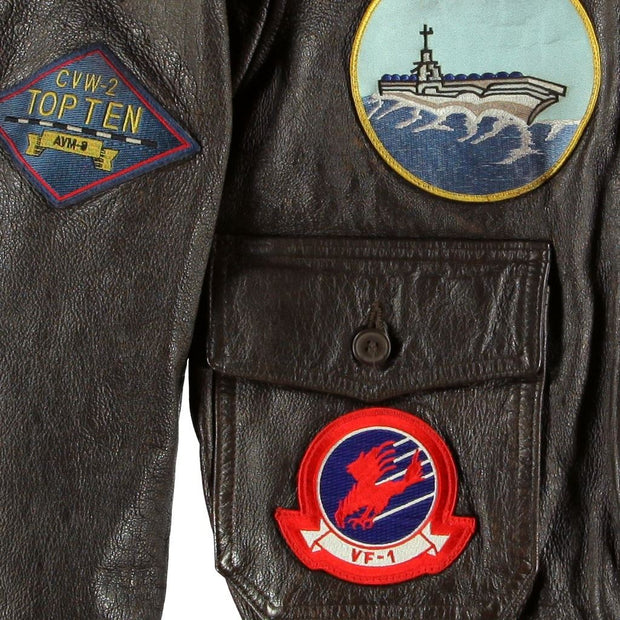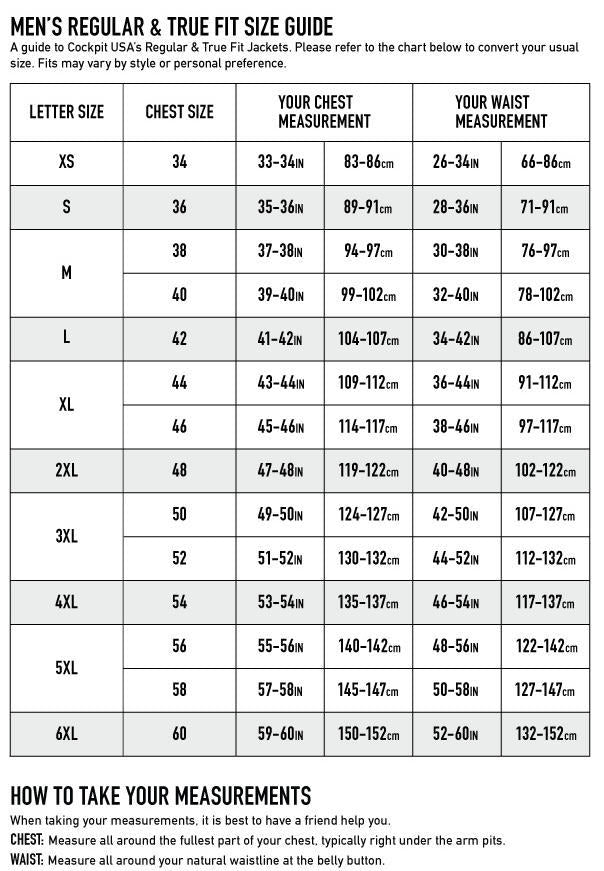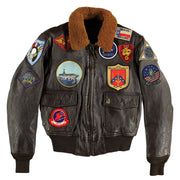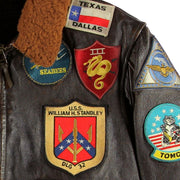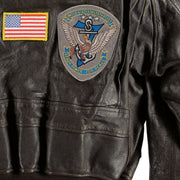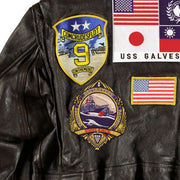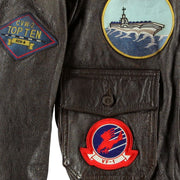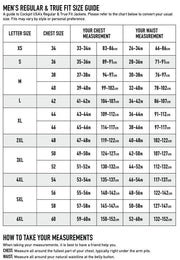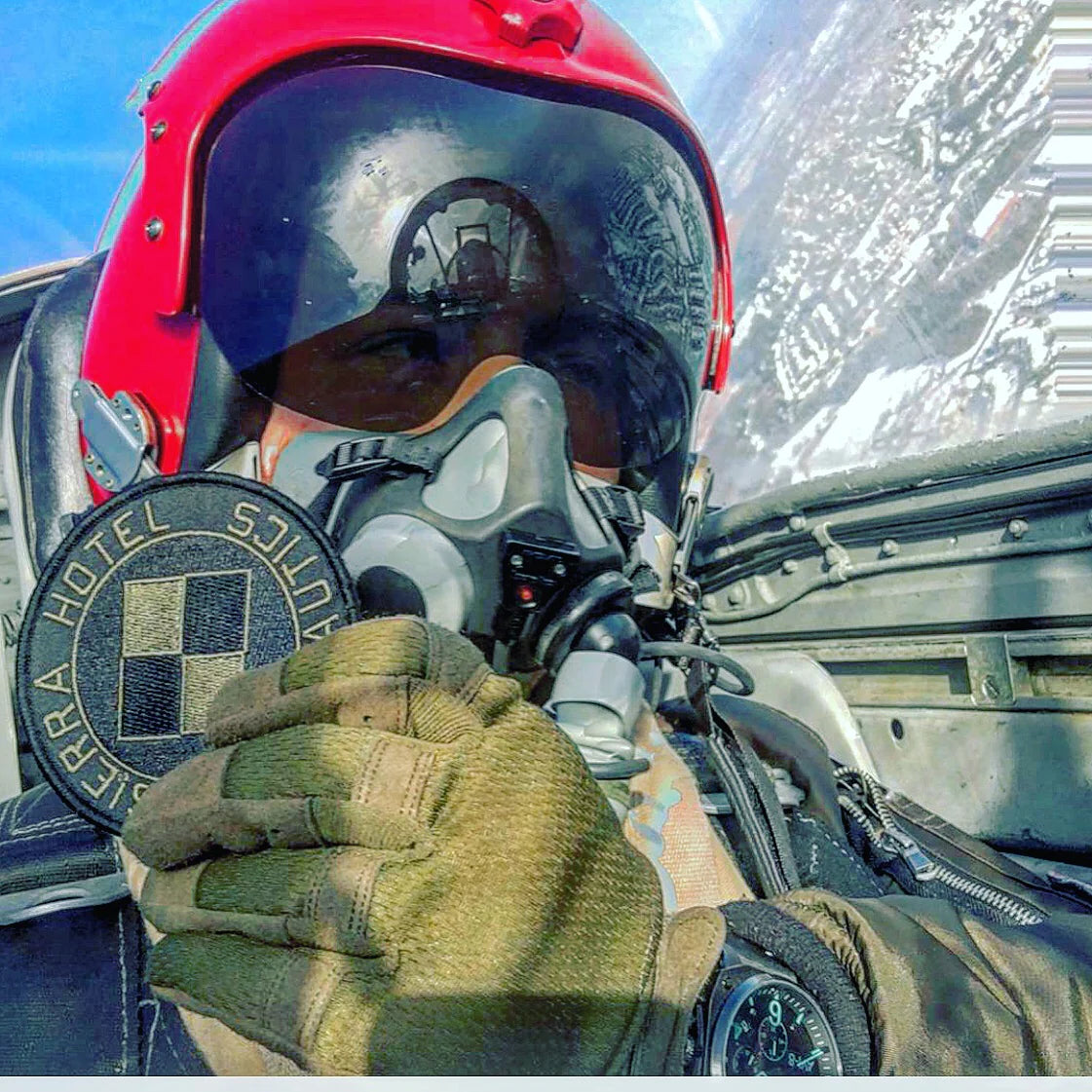Authentic A-2, B-3 & G-1 Flight Jackets for Pilots & Aviation Collectors
A-2 Flight Jacket
The Type A-2 flying jacket was adopted as standard issue by the U.S. Army Air Corps as the successor to the Type A-1 flying jacket on May 9, 1931, per specification number 94-3040. The U.S. Army Air Forces Class 13 Catalog listed the garment as "Jacket, Flying, Type A-2". Current Supplier to the US Government since 1980. Official Supplier to the US Air Force of the A-2 Leather Pilot Jacket.
G-1 Flight Jacket
The "G-1" military flight jacket is the commonly accepted name for the fur-lined-collar World War II-era leather flight jacket of the United States Navy, Marine Corps, and Coast Guard. The G-1 remains a current uniform-issue item in naval aviation for officer and enlisted aviation personnel on flying status in the U.S. Navy, U.S. Marine Corps and U.S. Coast Guard (i.e., Naval Aviator, Naval Flight Officer, Naval Flight Surgeon, Naval Aircrewman.) The G-1 jacket can trace its history back to the M-422 jacket, which was brought into use by the U.S. Navy in the 1930s, originally standardized by the U.S. Navy's Bureau of Aeronautics on 28th March 1940.
B-3 Bomber Jacket
The B-3 Bomber Jacket was developed due to the heavy bombing raids in Europe during World War II, which took place from altitudes of at least 25,000 ft, where considering an average temperature drop of 1.98 degrees, ambient temperatures could reach as cold as −50 °C. These aircraft were uninsulated, so a warm, thick flight jacket was an essential piece of equipment for every member of the crew. These shearling jackets, originally lined with fur, were known as the warmest flight jackets. Even when the fur was replaced with wool, this coat was warm enough to keep Lt. John A Mcready warm when he set a world record in April 1921, reaching an altitude of 40,000 feet in his open-cockpit airplane.


